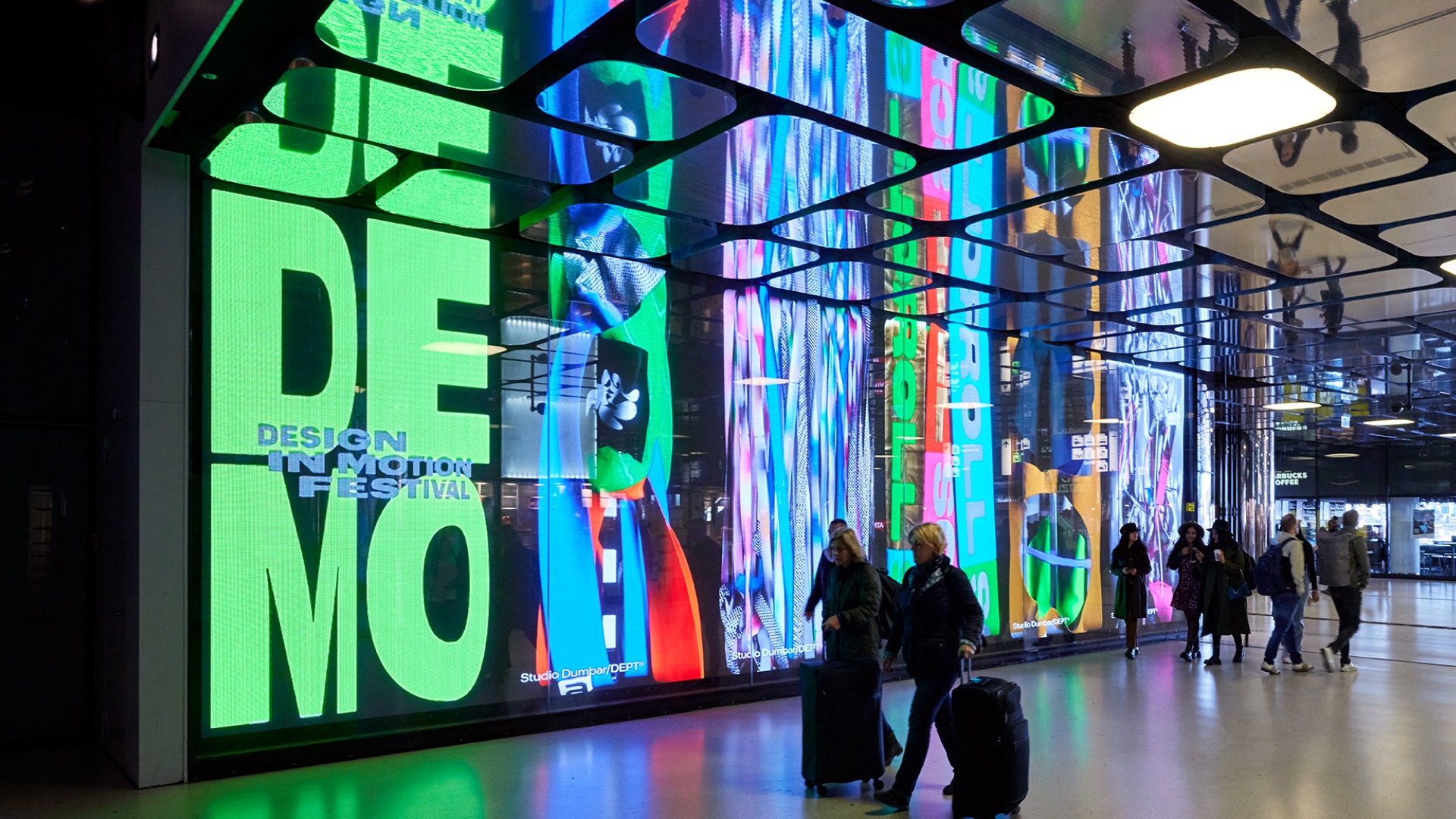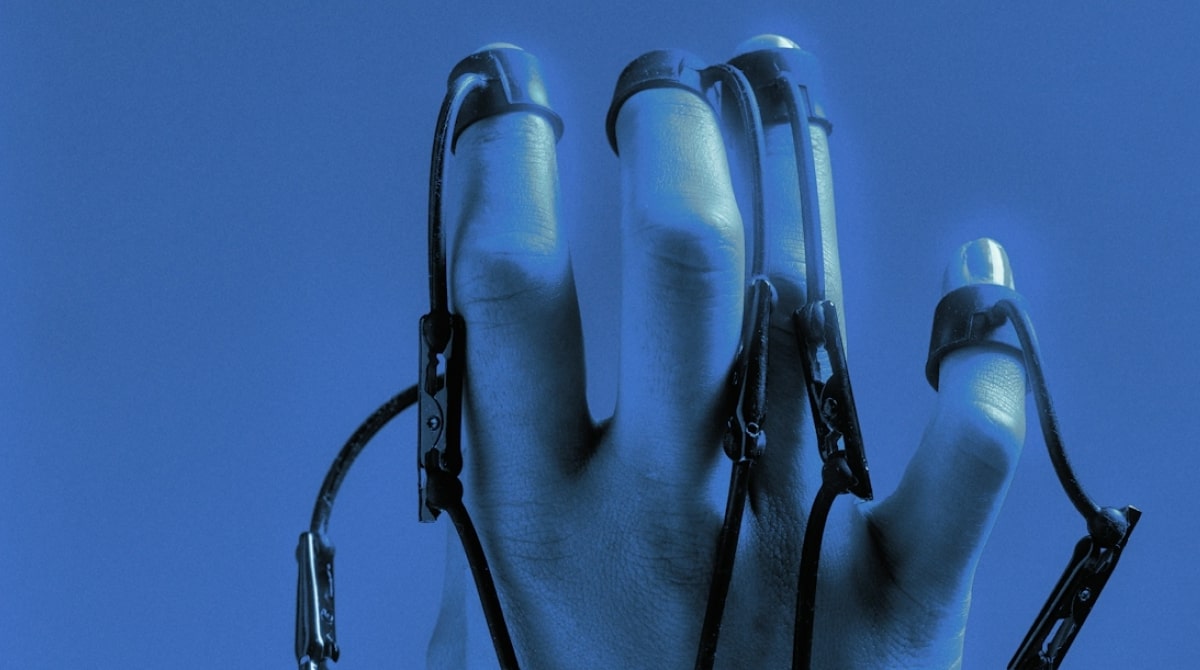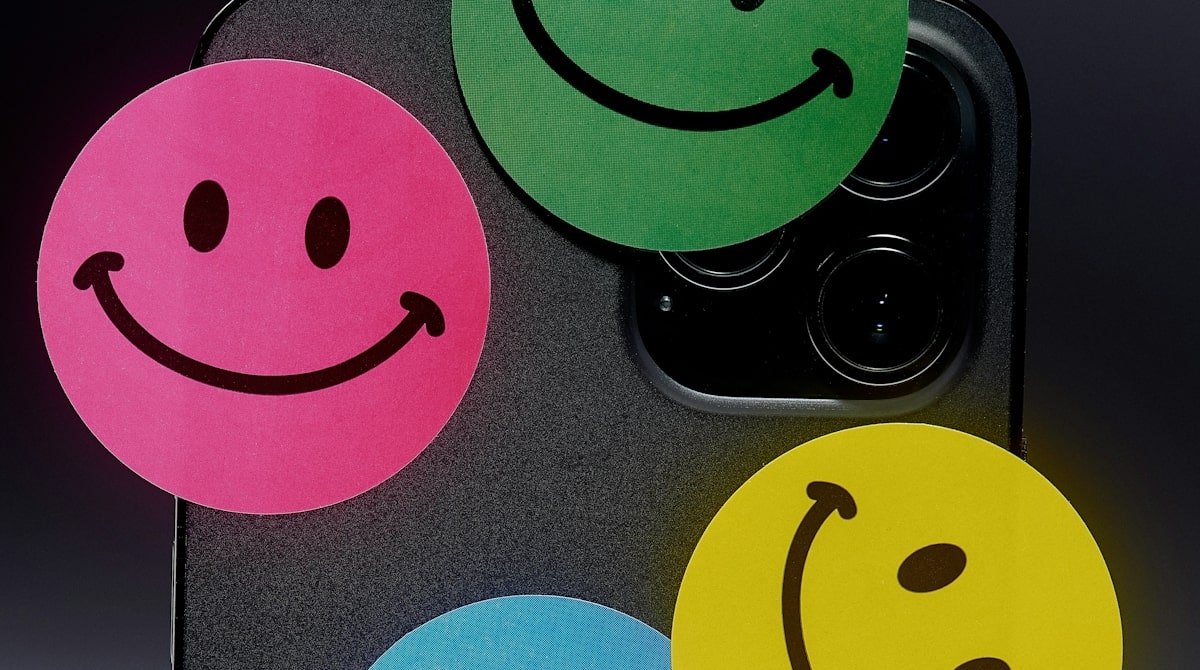The next stage of frictionless banking experiences: aspiration and personalisation

Over the past decade…
Brands in all industries have obsessed with creating frictionless digital experiences. This is especially true for banking.
The idea of a frictionless experience began with simple optimisation techniques and exceptional UI. But as benchmarks are repeatedly set and met, banks must take the next step toward frictionless experiences—beyond a pretty interface.
The next wave of frictionless banking is focused on: “How do you make banking feel so integrated into the customer experience that users no longer recognise they’re working with a bank?”
The future of the banking experience involves integrating financial institutions into people’s everyday lives. It’s no longer enough to be perceived as a secure institution to store money. For banks to succeed in the future, customers must see them as personalised advisers, helping them maximise time and money while reaching individual goals.
While this sounds challenging at face value, organisations can take incremental steps to move toward this new, frictionless era.

Analysing friction
Every bank should participate in a recurring friction analysis, a workshop where you define friction touchpoints and explore how you might mitigate them.
This involves identifying pain points, bottlenecks, and areas of customer dissatisfaction across all your touchpoints—mobile apps, websites, physical branches, and even social channels. Bring user feedback, analytics, and customer journey mapping into it so you can understand the specific areas that need improvement.
During the friction analysis, focus on streamlining processes, simplifying user interfaces, and optimising the overall user experience. This probably involves reducing the steps required to complete transactions, eliminating unnecessary documentation, and improving self-service.
For example, customer handoff is a common moment of friction. If users open a new account at their local bank, they’ll probably access an app within a few hours. Can they log in to their new account with ease, or must they navigate a complicated process?
This kind of scenario mapping can help you find moments of friction and start to prioritise.

Creating a frictionless ecosystem
Once you’ve identified your areas of friction, you must take steps toward a connected ecosystem that integrates digital and non-digital channels. That means customers should be able to start a transaction on their mobile app, continue it on the website, and complete it at a physical branch without any disruption or loss of information.
To accomplish this, you’ll need technologies that enable real-time data synchronisation and seamless integration between channels, including robust backend systems, APIs, data management capabilities, and, most likely, a customer data platform (CDP).
A CDP allows you to collect, unify, and activate customer data from various sources in real time. Any interaction or transaction initiated on one channel is immediately reflected on other channels, eliminating the need for users to repeat information or start over when switching between channels.
For example, if a customer starts a mortgage application on your website but doesn’t complete it, you can send a reminder via your banking mobile app.
For non-CDP organisations, there are some scrappy but efficient alternatives. One is the common QR code, which can direct users to a specific URL on your website. Another might be creating a cookie and sending it linked via WhatsApp.
Bring aspiration into personalisation
The next step into frictionless banking is bringing aspiration into personalisation. In other words, how do you go beyond transactions and offer customers something more? How do you create an “aha” moment?
By leveraging AI and machine learning, you can analyse customer data and understand your customer’s financial aspirations, goals, and preferences—a powerful tool for providing savings plans, investment strategies, or rewards that align with your customer’s aspirations.
For example, if a customer is saving for a home, perhaps you proactively offer a mortgage that fits their needs. If a timely and relevant offer is made, they may expand their relationship with you and allocate more to your products and services.
Beyond obvious financial products, find out how you can fulfil a need, or enhance a new experience. For example:
- Help customers plan a weekend trip by showing activities and deals they can enjoy in a city.
- Encourage a customer who aspires to play more golf with deals on course reservations.
- Reward a movie lover with exclusive merchandise.
If you can help your customers achieve their goals and aspirations within a seamless digital ecosystem, you’ve created a frictionless experience.
Elevating CX in BFSI
The journey towards frictionless banking is an ongoing process that requires continuous improvement and adaptation. As technology evolves, new benchmarks will be set around frictionless experiences.
By continuously elevating your customer experience, you can ultimately improve engagement and share of wallet.



